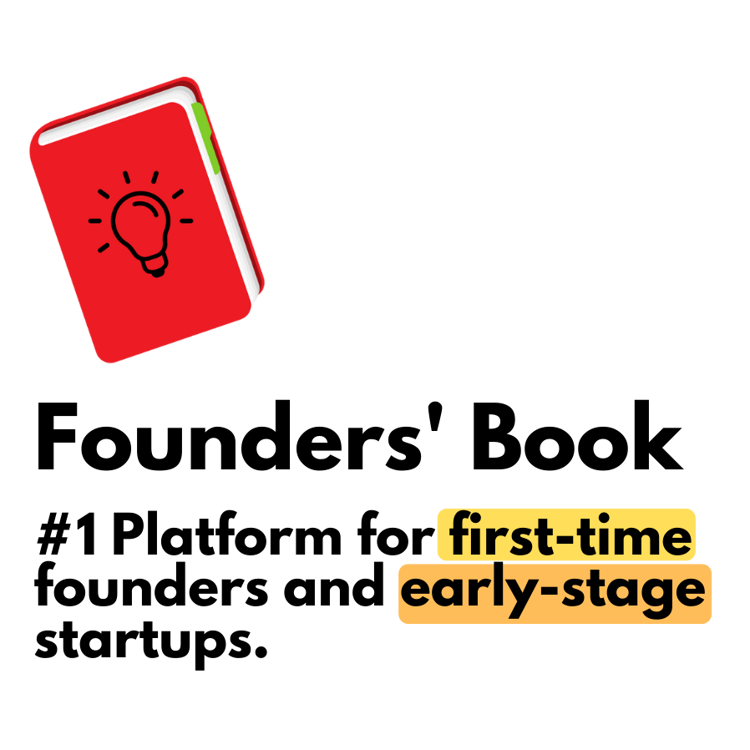Glossary / Core Web Vitals in web development
Core Web Vitals in web development
Core Web Vitals are a set of specific metrics that Google uses to measure and evaluate the user experience of a website. These metrics focus on three key aspects of web performance: loading, interactivity, and visual stability. They are becoming increasingly important in web development as Google has announced that they will be used as ranking signals in their search algorithm starting in May 2021. The three Core Web Vitals metrics are: 1. Largest Contentful Paint (LCP): This metric measures the time it takes for the largest element on the screen to become visible to the user. It is an indicator of how quickly the main content of a page loads. 2. First Input Delay (FID): FID measures the time it takes for a web page to respond to the first user interaction, such as clicking a button or tapping on a link. It is an indicator of how quickly a page becomes interactive. 3. Cumulative Layout Shift (CLS): CLS measures the amount of unexpected layout shifts that occur during the loading of a web page. It is an indicator of how visually stable a page is, as layout shifts can be disruptive to the user experience. To optimize a website for Core Web Vitals, web developers can take several steps, including: - Optimizing server response times and reducing the size of resources to improve LCP. - Minimizing JavaScript execution and optimizing event handlers to improve FID. - Ensuring that elements on the page have explicit dimensions and avoiding actions that cause layout shifts to improve CLS. Web developers can use tools like Google's PageSpeed Insights, Lighthouse, and Chrome DevTools to measure and analyze a website's Core Web Vitals performance. By optimizing for these metrics, developers can improve the user experience of their websites and potentially improve their search engine rankings.

